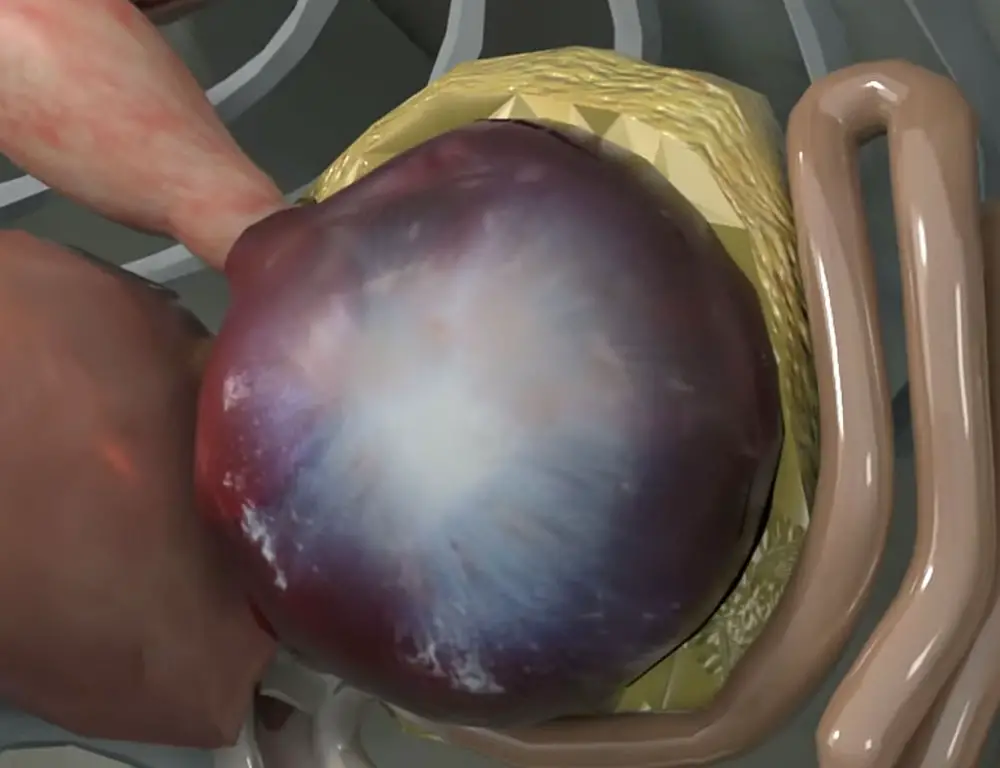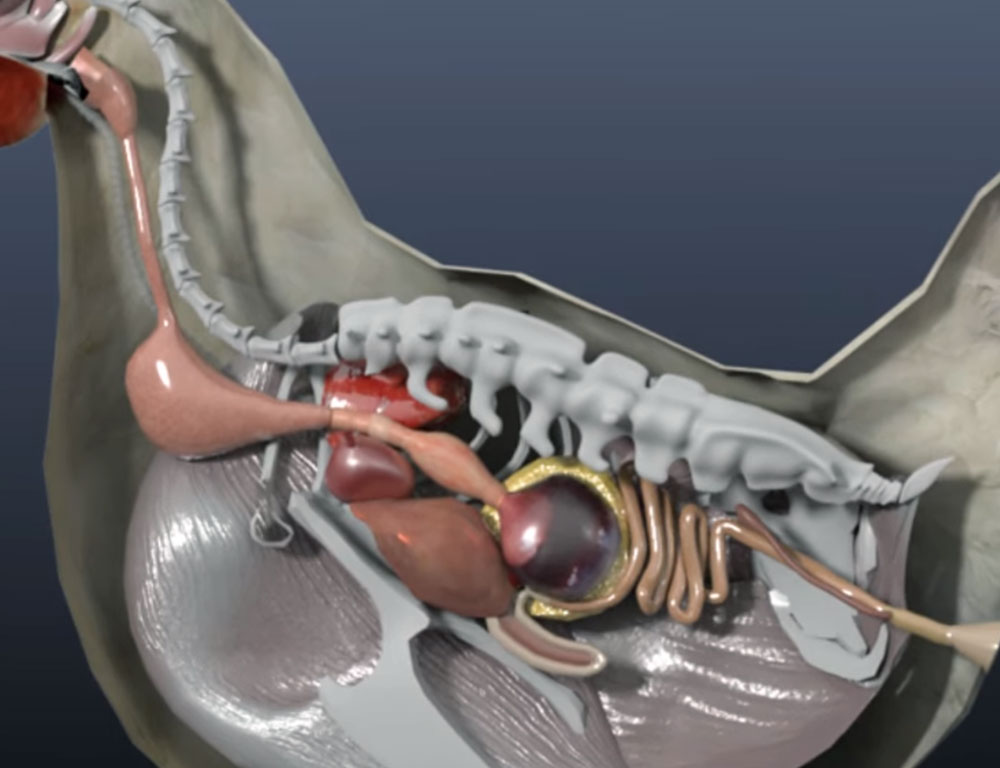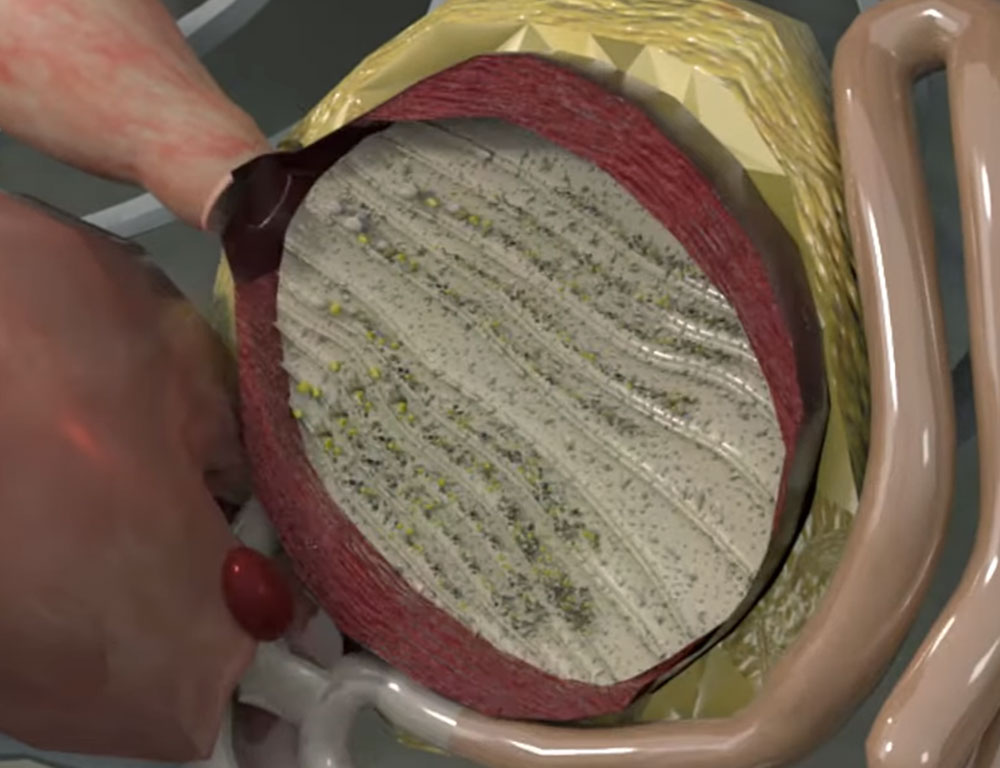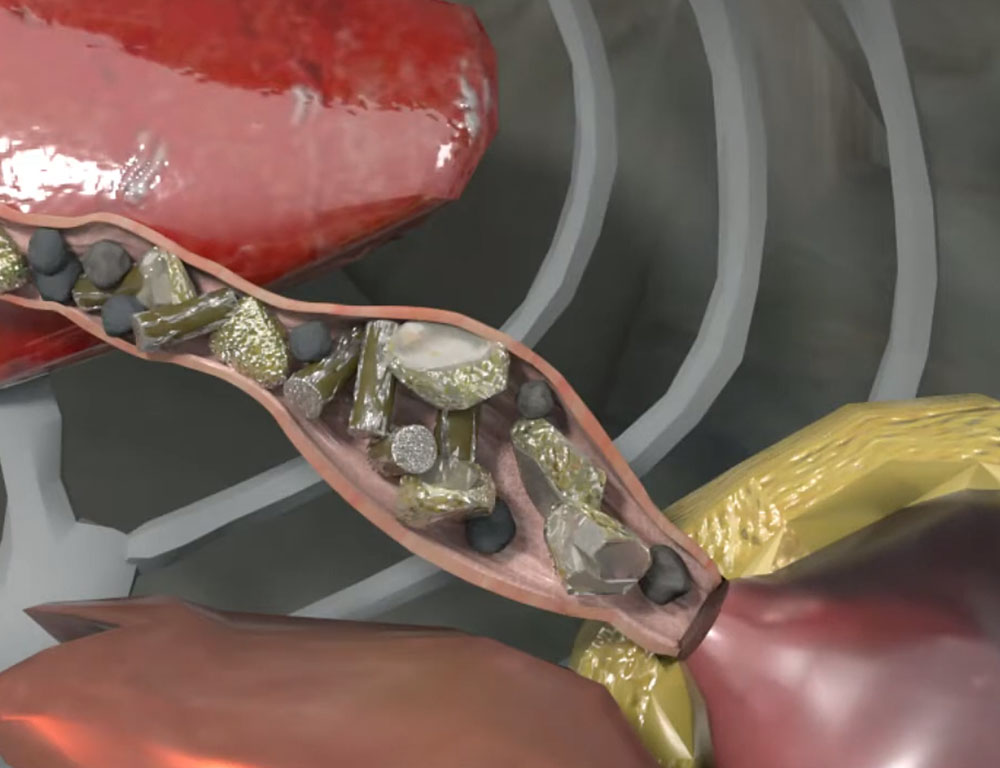You might wonder how your pet bird digests hard seeds and crops without teeth! Does the proventriculus grind all the parts or the gizzard?
But what is a gizzard in a bird, and how does it work? A ventriculus or gizzard is called the second stomach, gastric mill, or teeth of a bird.
It is situated in the hind part and receives enzymes mixed with softened food. By continuously contracting and relaxing, the gizzard grinds the foods properly.
That’s not the end. The gizzard does other functions as well. A gizzard is not free from diseases. Diseases related to the gizzard can cause metabolic changes and ultimately lead to death. You can get an idea about the symptoms and treatment.

What Is A Gizzard in A Bird?
The gizzard is a part of a bird’s digestive system. It is also called the ventriculus or mechanical stomach. It has two lobes that are not equal in size and shape. With the two lobes, it is round, and its surfaces are covered by tendinous tissue.
This covering is thicker in the center and thinner in the periphery. The gizzard has two layers. The outer layer is made up of red tissue, and the inner layer is made up of keratinized tissues and has many raised ridges.
However, gizzards should not be compared with the human stomach. The gizzard’s working process differs from the human stomach, which digests small parts of food.
Food is broken down into small pieces in the mouth and then goes to the stomach. But the bird has no teeth, so the breakdown process takes place in the gizzard.
Then, the gizzard effortlessly grinds soft foods like teeth do. The inner layer of the gizzard mainly works like teeth, and the outer layer helps in movement or mixing the foods by compression.
Bird’s gizzards are full of nutrients but contain less fat and protein. Poultry gizzards are rich in iron, vitamin B12, and potassium, so people keep them in their diets for their nutritious value.
Function of Gizzard
Gizzard performs some particular jobs like-
- The primary function of a gizzard is the grinding and churning of foods
- It increases the surface area of food so that the different enzymes present in the digestive system can act efficiently
- It contains grit or stone, which helps pulverize excess food
- Gizzard works as teeth
- It has coiling on the inner surface. This allows it to withstand the potentially damaging effect of hydrochloric acid and pepsin mixed with the foods released by the proventriculus.
- The glands in the gizzard produce more coilin, which passes to the surface and hardens to replace the worn tissue.
- It helps in mixing endogenous enzymes with foods
- Not only mechanical digestion but also chemical digestion takes place here
- It maintains the flow by contraction, and food passes to the next segment for absorption
All of the functions are done at a time inside the muscular structure. For all the functions, the gizzard is called a second stomach.
Do All Birds Have a Gizzard?

All the birds have a gizzard. But it varies in size, shape, and thickness. Gizzard mainly breaks down complex foods. Birds have different preferences from each other.
Some birds eat soft foods like earthworms, fruits, and insects. These foods are easy to digest. So they do not go to the gizzard.
Instead, the digestion process mainly occurs in the proventriculus. This type of gizzard is smaller and has thinner walls because it works less.
On the other hand, some birds are likely to take grains. Even pet owners can usually give them crops or millet-like foods. In that case, the gizzard does most of the grinding and digestion. So, this type of gizzard is more significant, more muscular, thicker, and more robust.
Gizzard-Related Problems In A Bird
Every part of the bird is vulnerable to diseases and infections. The gizzard is less prone to disease. If it gets infected, it is hard to cure. Hence, two conditions are commonly seen in bird gizzards.
1. Blocked Gizzard

A blocked gizzard is a serious issue when any indigestible material is present. That means if the bird consumes plastic products, metal, or wire, it will not digest them. Most of the time, these materials are stuck in the gizzard and remain there.
Symptoms of a bird having an indigestible object in the gizzard
You can not detect the disease quickly. However, you may notice some behavioral changes in the bird.
- Loss of interest in food
- Became fluffy
- Vomiting
- Increase intake of water
- Less cheerful
- Pain around the gizzard region
- Decrease movement
- white or clear droppings
- Death
These are the changes you may find.
Treatment:
Immediately go to an expert vet. Flushing out the foreign body is essential. For that, they may inject fluid into the gizzard. In case of infection, antibiotics are given. Besides, symptomatic treatment is given.
2. Erosion And Ulceration Of The Gizzard

Erosion or ulceration can be caused for many reasons. A healthy and proper diet can change this problem completely. Causes of erosion and ulcerations are-
- Insufficient food intake
- Presence of toxic substances in food
- Bacterial, viral, or attack of yeast
- Starvation
These are the possible causes of erosion. A large dose of a chemical substance can create ulcers within a short time, so the chemicals should be kept away from birds.
Symptoms:
It shows fewer symptoms.
- Bleeding
- Green or blackish discoloration of the gizzard
- Sign of infection
- Lesion
- Loss of appetite
- Dilated gizzard
- The Walls of the gizzard get thick
- Death
Mostly, the birds die before any symptoms occur. It is commonly seen in young birds.
Treatment:
- Give sufficient nutritious foods in a timely.
- Avoid dirty and moldy environments.
- Antibiotics are needed as most of the erosion is generalized with infection. You must consult with a vet.
Gizzard-related problems are rare, but they can cause death quickly. So, you should keep them away from hazardous chemicals and inedible elements.
Conclusion
You now know what a gizzard is in a bird and the quarries related to gizzards. It is not similar to the human stomach. Rather, its main function is to grind and break down foods into pieces for better absorption. However, not all bird gizzards have a similar working capacity.
Gizzards work less in birds that mainly eat soft foods and more in birds that mainly eat crops or grains along with grits or stones. Gizzard diseases threaten birds’ lives. So, be careful with your little bird’s food and stay away from chemicals and plastics.